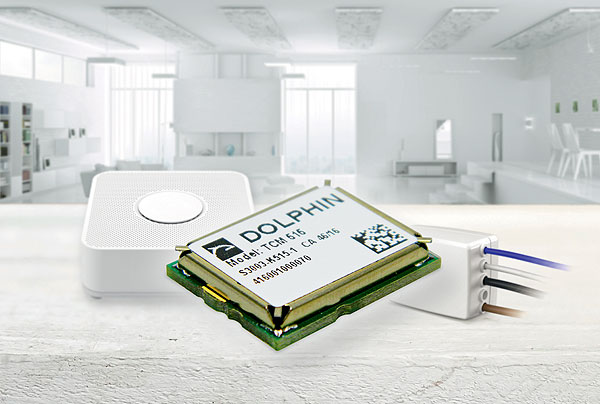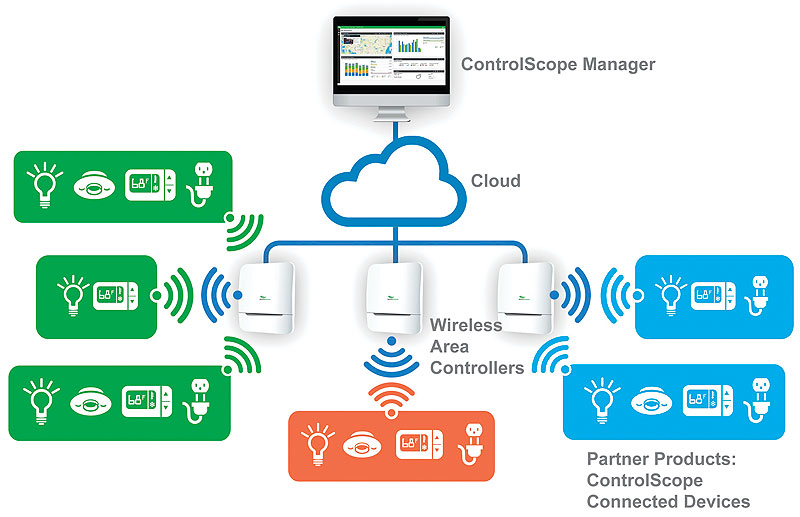The continued price erosion of LED lighting has helped it displace less efficient incumbent lighting solutions and as such it can be regarded as a disruptive technology. Partly funded by the U.S. Department of Energy, research into solid state lighting has certainly not ceased. While some manufacturers have left the market due to the corresponding drop in average selling prices, those that are left have shown a dedication that should ensure their long-term success. Part of the research funding has also been directed at organic LEDs (OLEDs) for lighting. The question is; could this become a threat or an opportunity for LEDs?
The industry is striving towards a target efficacy of 200 lumens/W by 2025, thereby corresponding with the figure predicted by Haltz’s Law (which observes that the cost per lumen generally falls by a factor of 10 as each decade passes). While LEDs are seemingly well on the way to achieving this, OLEDs still have some catching up to do. The other benefits they possess could, however, result in their deployment becoming more commonplace.
High brightness LED luminaires, which are normally achieved through modules featuring multiple emitters focussed into a cone of light, are increasingly being used in place of fluorescent and incandescent light fittings architecturally, as well as in offices and homes. The return on investment is generally seen after a predetermined number of hours in service and, as LED technology improves, that figure is steadily coming down. On the other hand, OLED lights have a much shorter lifespan, cost more than LEDs (which are themselves still more expensive to purchase than conventional lighting options) and have a lower light output. Despite all of these drawbacks their future nevertheless looks bright.
The reason for growing interest around OLED lighting can mainly be attributed to aesthetics and stems from the more even light distribution and thinner form factors that this technology is able to support. OLED fittings are much slimmer than even those for LED lights. This is because they don’t require incorporation of diffusers or reflectors. Instead the light is emitted directly from the surface. It also means they can be manufactured in various sizes and shapes to fit specific installation requirements, thus providing a more natural light source across large areas rather than a single ‘point of light’. It is not hard to see why this would appeal to interior designers, as well as the more discerning consumer.
Admittedly the lighting efficacy of OLEDs is still far below that of LEDs; around 60 to 80 lumens/W for OLEDs, as opposed to typically nearer 200 lumens/W for LEDs. However, the principal technology has improved in recent years and the continued adoption of active matrix OLED (AMOLED) technology for displays in TVs, smartphones and other portable devices means the investment in this area remains strong. All this is expected to have a positive impact on the development of OLED technology in relation to lighting applications.
While there are much fewer OLED manufacturers than there are for LEDs, companies like LG Display (Korea) and OLEDworks (U.S.A.) are putting considerable engineering effort into driving this technology forwards – with commercial lighting products available in home improvement/DIY stores. Even though the large scale availability of OLED panels is still hindered by their cost, the technology is now beginning to be used in hybrid luminaires – which employ both LEDs and OLEDs to provide a more natural light source.
Let’s get smart
Solid state lighting, in the form of either LEDs or OLEDs, is fuelling the trend for ‘smarter’ lighting systems. The ability to dim light fittings has, of course, long been used as a means via which to save energy. By incorporating control mechanisms of this kind into a building management system (BMS) those savings can be derived automatically.
While most BMS implementations are bespoke, there is one recent development that could see all lighting systems become networked almost overnight. The latest release of the Bluetooth specification adds mesh networking capabilities which, the Bluetooth Special Interest Group claims, are ideal for adding intelligent networking to existing lighting installations.
Mesh networking uses each device as a node; with every node able to receive and retransmit messages from any other node in the network. This approach is highly suitable for deployment in electrically noisy environments, where the short ‘hop’ between nodes helps preserve the signal even when the RF element doesn’t contain much power. Such low power wireless networks are becoming more common in the Internet of Things (IoT) and the addition of mesh networking to the Bluetooth specification could help this technology make the leap from handheld devices to light fittings. But, it must be noted that it has competition in this application space.
While Bluetooth may offer interoperability, disruptive developments like networked light fittings often require leaders in their industry to make the first move. For commercial reasons, these pioneers may need to keep their solutions proprietary which, unfortunately, can have a negative effect on the adoption rate. Examples include the Lutron Vive platform which uses the company’s Clear Connect wireless protocol between sensors, load controllers and switches, and Wi-Fi in the main hub. While the hub offers BACnet compatibility, the network is effectively closed.
To avoid the downside of a closed system, others have opted to support ZigBee as the wireless protocol for their networked lighting fittings, even in proprietary products. One example is Daintree Networks’ control platform, ControlScope, which employs Zig Bee as the underlying protocol. Compliance to the ZigBee standard should guarantee some level of interoperability between systems. The list of manufacturers stating they intend to offer compatibility with the ControlScope platform includes EuControls, Iventronics, Magtech, MMB Networks and Samsung. Daintree has also worked with Osram Sylvania to help the latter develop a ControlScope compatible wireless interface module which can be fitted to luminaires. As long as the light fitting’s driver has a 12V output it can be retrofitted to add connectivity to any light fitting – allowing it to become part of a smart lighting network.
Also operating in the sub-GHz band, EnOcean is an ultra-low power wireless technology designed to be self-powered; the transceivers having no batteries, but instead utilise harvested energy to send and receive short messages wirelessly. The proprietary technology is now managed by an industry body and continues to gain momentum in the smart building sector. The EnOcean Alliance, which has a vast membership across the value chain, is also working with the ZigBee Alliance to develop solutions that would allow solid state lighting networks based on both technologies to coexist. This can only further strengthen the position of smart lighting networks.
Conclusion
The energy savings offered by solid state lighting are clearly significant and as this is rolled out further the benefits will not only include lower energy bills for consumers and businesses, but also less impact on the environment. Advances in respect to both the core emitter technology and the supporting connectivity will be pivotal in its ongoing progression.
By Mark Patrick, Mouser Electronics – Authorised Distributor
www.mouser.com





